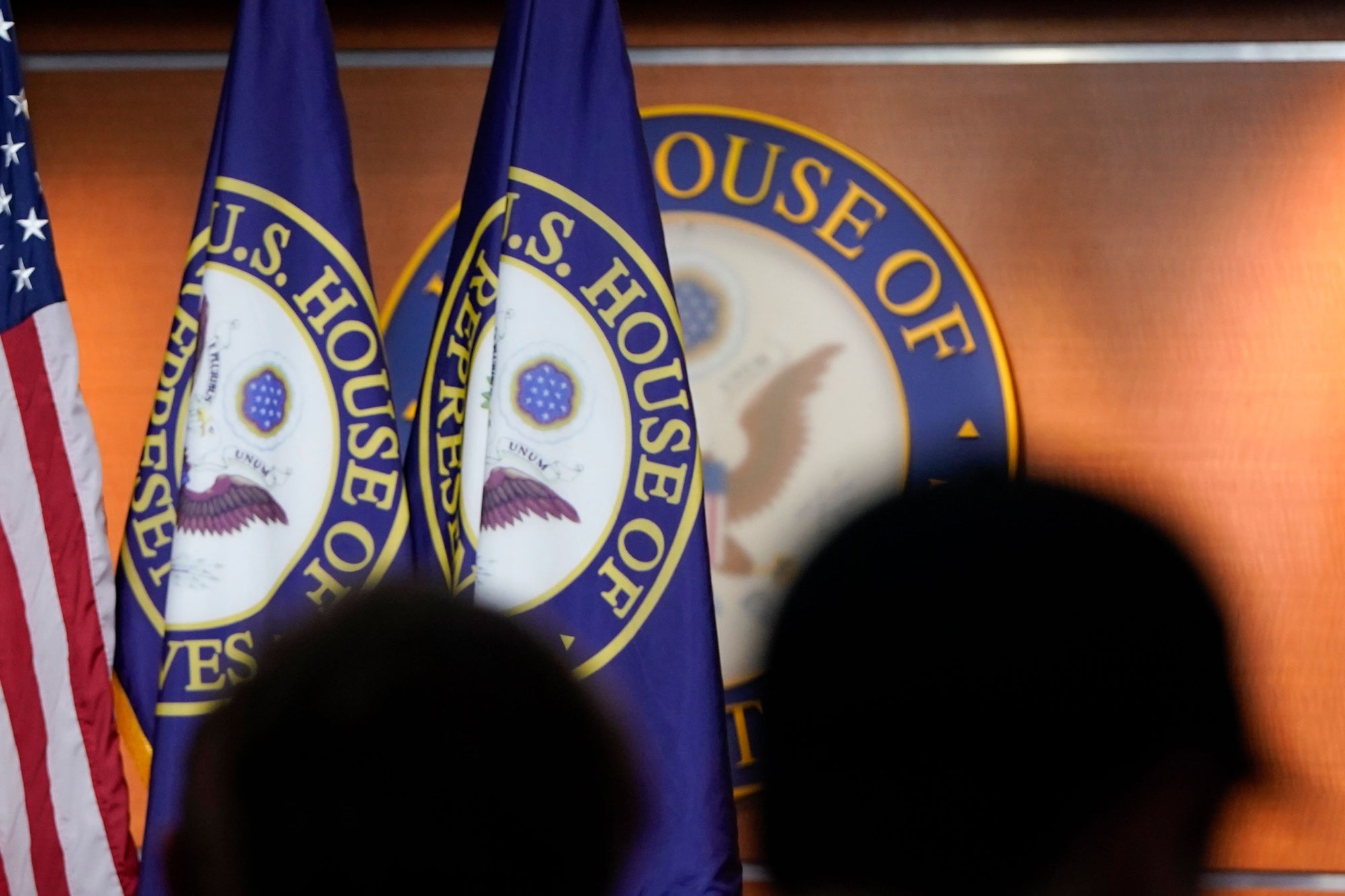How India's Millennials, Smartphones will Awaken the Music Industry's 'Sleeping Giant' Spotify enters another Asian streaming market, India, on 31 January
By Ashley Rose
Opinions expressed by Entrepreneur contributors are their own.
You're reading Entrepreneur Asia Pacific, an international franchise of Entrepreneur Media.

India, a nation of over 1.25 billion people, will be the world's youngest country by 2020, with an average age of 29. This millennial-driven country's territory is one of the greatest growth opportunities for the global music business.
In addition to India's youthful population, its citizens' adoption of smartphones and other technologies is what is even more important for the music business to keep an eye on in the coming years. The country has officially surpassed the US as the world's second-largest smartphone market, which, according to reports, is estimated to reach 450 million users by 2020.
Furthermore, 96 per cent of the smartphone market is manufactured domestically in India, which has direct ties to India's largest streaming services Jio Music, Wynk Music, and Gaana, which are run by local telecom and Internet companies like Reliance Jio, Bharti Airtel, and Times Internet. When you combine this growth of smartphone adoption with what is arguably the world's lowest Internet data rate—set at less than Rs10 (about six US cents) per one GB (gigabyte) per day—there is no question that India will open up incredible opportunities for both local and international artists, labels, and streaming platforms to reach a new young global fan base.
Music demands
This excitement is warranted by India's growing appetite for music. According to KPMG's 2018 India Media and Entertainment Report, India's music business is predicted to grow at an astounding 14.7 per cent, which will outperform the growth of TV, print, and film in the coming year. Looking closer at the listening habits of this population, Nielsen's latest India report found that 94 per cent of online consumers listen to music throughout the year, spending an average of 20 hours a week listening to music.
India outconsumed China, another major emerging music market, by nearly 25 per cent, with music videos being the predominant form of consumption. Music and other visuals will be a critical barrier to enter this territory, particularly for international artists. For instance, T-Series, which recently signed a long-term licensing agreement with the world's largest streaming platform Spotify, runs the most successful YouTube channel in the world by number of views, eclipsing 52 billion in total to date.
Growth matters
It is clear that every music streaming platform sees India as a golden ticket to growing tenfold. So much so, that streaming services like Spotify will likely come into the Indian market with a limited catalog with the goal of taking on market share holder Gaana. Gaana's CEO Prashan Agarwal just announced a large expectation to reach 200 million total users in the next two years. Not only will streaming services face Ganna, but YouTube's freemium music video model along with a piracy issue that plagues the region. According to estimates, India is the leading market for music piracy with almost nine billion tracks a year ripped from piracy sites.
Even with an uphill battle, India's young consumer (similar to the US) will likely find piracy to be a hassle over downloading an app that will allow you to have more than just Bollywood hits, but a global catalog of diverse music from around the world. Although many users will likely be freemium model users, the discovery of new music and interaction with these user-friendly platforms on the back of more powerful smartphones is a positive future that artists, managers, labels, publishers, and fans will certainly enjoy.











